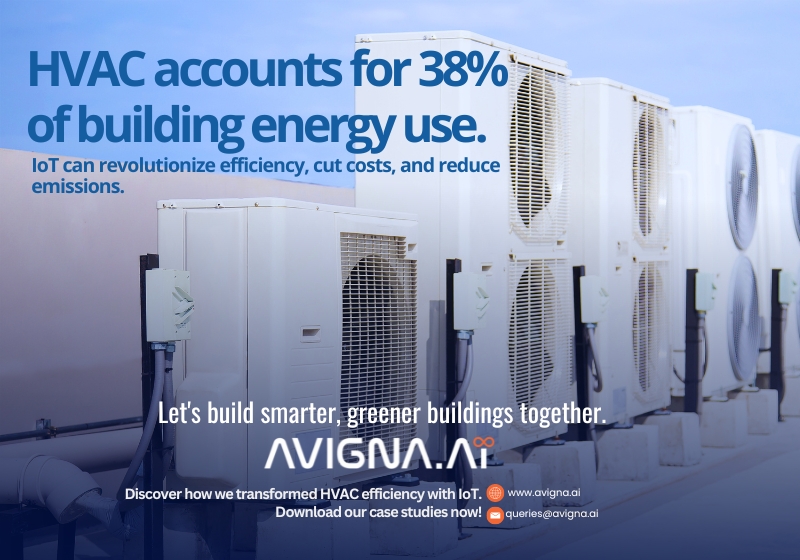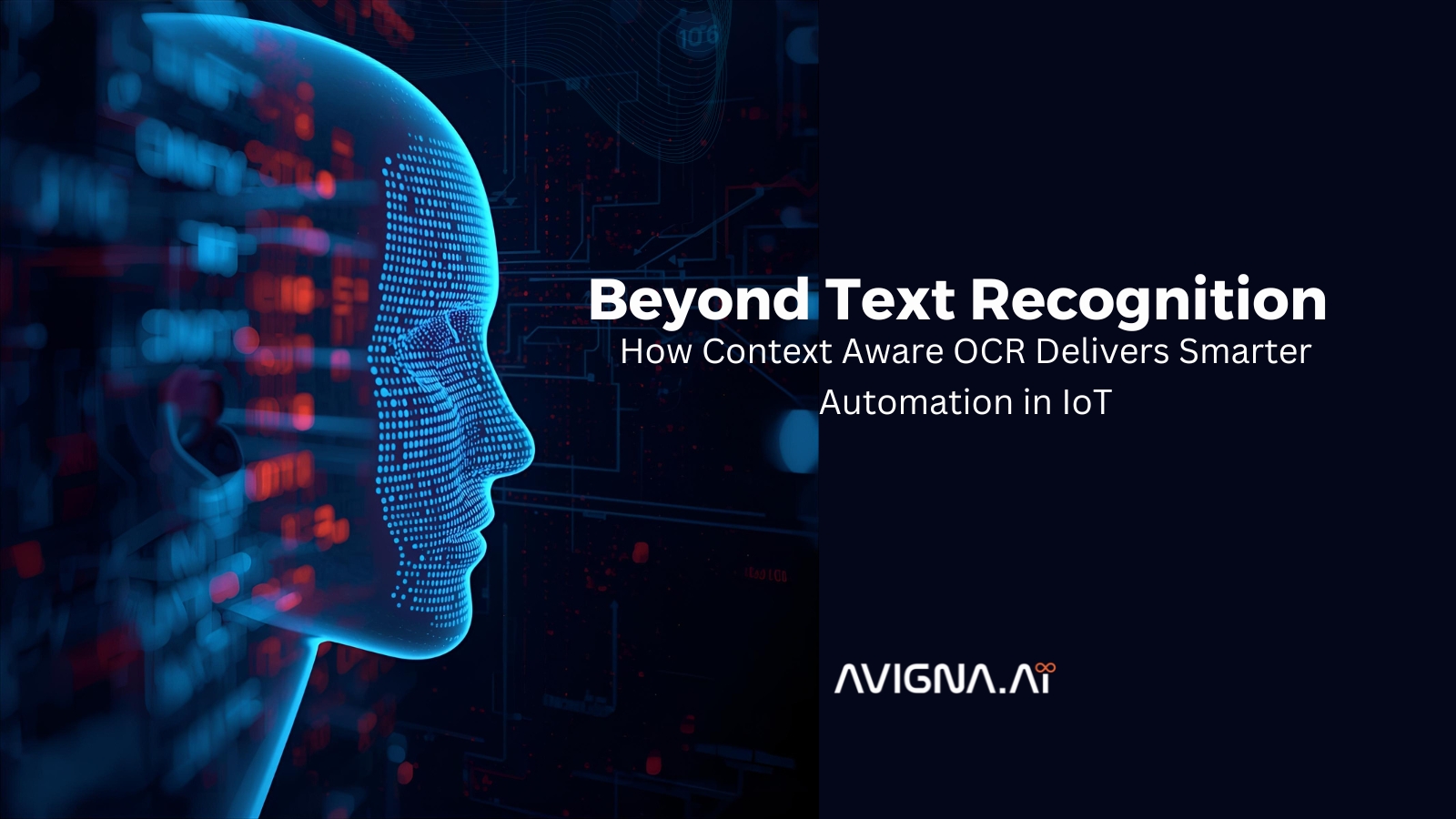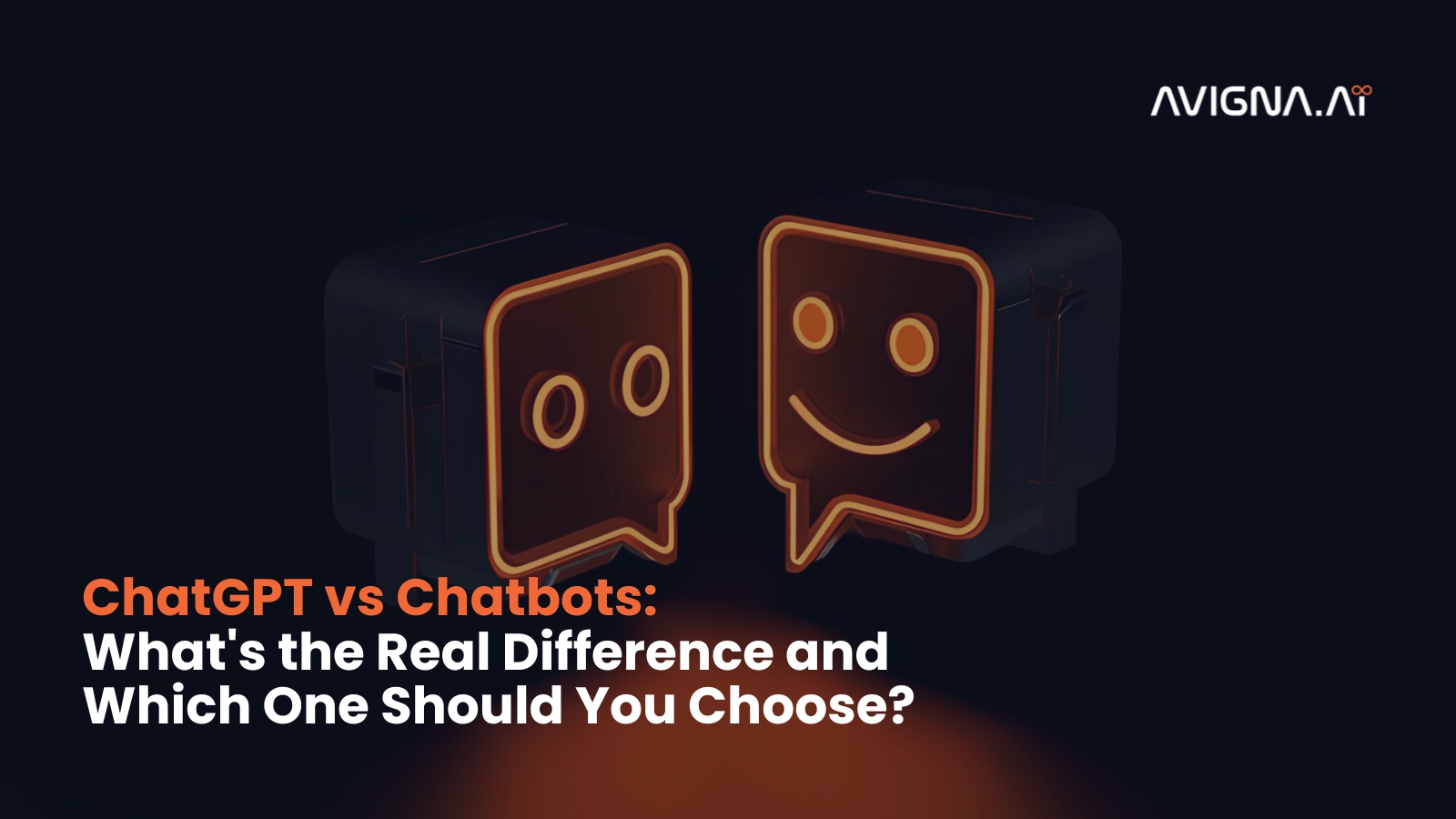IoT + AI Agents: Here’s How AI Agents Work with IoT Devices
The combination of the Internet of Things (IoT) and Artificial Intelligence (AI) is changing the way of interaction with technology. IoT gives access to different devices such as smart cameras, wearables, and sensors. They give huge amount of data that can be used to create efficient and optimized operations with automation. But the question is, what role do AI agents play?
AI agents help in analyzing this raw and vast data to provide results that have a value. This article goes in depth to understand how AI Agents work with IoT Devices to bring changes in industries.
The Fundamentals of IoT and AI Agents
IoT + AI agents work together to perceive, reason and act upon different data sets to get desired results. It helps in increasing the execution of automated actions.
AI Agents work with IoT devices in a particular well-defined approach which is:
Data Collection: IoT devices include sensors and endpoints that constantly monitor and collect the data, e.g., temperature, humidity, motion, etc. This data is then sent to a central system or cloud infrastructure where AI agents have access to it.
Data Processing and Analysis: The AI agents take the incoming data from IoT devices and apply advanced analytics. They use machine learning models, and logic to identify patterns, anomalies, and actionable insights.
Decision-Making: The AI agents are responsible for making decisions to initiate a course of action based on the analysis. Some actions could be alert notifications or modification of device settings.
Automation and Control: The next step for the AI agents is to signal the IoT devices back. It completes the loop for a smart control over the entire system of connected devices. Some examples are changing temperature settings of the HVAC system, securing the premises by locking doors, or even calling the maintenance staff.

The Architecture of IoT + AI Agents Integration
AI agents and IoT devices work together in a properly designed, flexible, and safe architecture which is done by having the following:
IoT Connectivity
IoT devices collect data and share it according to the standard protocols like OPC UA or MQTT, by using smart sensors and controllers.
Data is gathered and preprocessed by gateways or edge computers. These systems often run lightweight models for real-time inference.
AI Agent Platform
The location of the AI agent can either be on the edge devices or the cloud. It all depends on the latency and processing needs.
These agents take in the IoT data, apply advanced analytics and machine learning models. Finally, they make decisions based on predefined policies and goals.
The agents operate with safety and security as the primary concerns. They can apply role-based approvals, audit logging, and automatic rollback mechanisms if needed.
Enterprise Integration
AI agents are always in contact with the higher-level systems like Manufacturing Execution Systems (MES), Computerized Maintenance Management Systems (CMMS), and Enterprise Resource Planning (ERP) platforms.
The agents can reach the contextual data, initiate workflows, and exchange the information that leads to the strategic decisions being made.
Cloud for Coordination and Learning
The cloud plays a crucial role even when all the important decisions are made on the edge.
Cloud is responsible for continuous improvement in decision making. It helps by doing fleet management, model training and cross-site analytics.
The Benefits of AI Agents in Industrial IoT
Here are some of the major advantages that companies can look forward to getting by combining IoT and AI Agents:
Predictive Maintenance
AI agents are able to assess sensor data from machines and equipment. This leads to discovery of the first signs of wear or failure. This gives a chance to take the necessary action for maintenance before it is too late.
Hence, the company will not face unplanned downtime. Also, there will be a lower chance of an expensive breakdown occurring and equipment performance will be at the best level.
Real-Time Decision-Making at the Edge
Since, AI agents are located on the edge devices, they can take high speed decisions in times of failure. This saves time in comparison to cloud-based systems by offering low latency replies especially during network outage.
Autonomous Optimization
Industries do not need manual operators to adjust settings or parameters of the machines when using IoT + AI Agents.
AI agents can cut energy costs as well as consumption. They can select times for HVAC, lighting, and machine operations based on weather conditions and the energy consumption pattern of the facilities.
Supply Chain Responsiveness
AI agents are quite effective in supply chain. They can change production schedules, modify the logistics route while keeping stakeholders informed. This ensures that delivery of goods is done on time.
Steps to Implement IoT an AI Agents in an Organization
The implementation of AI agents in an industrial IoT environment is a complex and lengthy process. Therefore, a structured and iterative approach should be followed to build a solid foundation for long-term, scalable success.
Week 1-2: Identification of Use Cases
Start by picking a use cases of AI agents with high impact and low risk. It may be a predictive maintenance of an equipment, or a vision-based quality inspection.
Set a target and a deadline for achieving the results. Also, KPIs could be used such as 10% reduction in unplanned downtimes.
Weeks 3-4: Assess Data Readiness
In the coming weeks, check that the required sensor data, historian tags, and contextual information from MES/CMMS systems are accurate.
Then, break up the historical data so that it can be used to train the machine learning models.
Weeks 5-7: Build the AI Agent
In the edge device, create a basic model or employ rule-based logic to solve the issue for the use case.
By doing this, an AI agent is developed that is aware of your regulations, the safe operating ranges, and the workflows for approvals.
Weeks 8-9: Secure and Stage the Solution
Follow different approaches such as network segmentation, device identity management, and audit logging during implementation. This makes sure that the solution meets the security standards of the industrial sector.
Specify which actions the AI agent can carry out automatically and which ones need human approval.
Weeks 10+: Results and Continuous Improvement
Firstly, the AI agent will be utilized in “advisory only” mode, and its suggestions will be compared with the decisions of the operator.
After all parties feel assured, the agent will be allowed to make changes under very strict and monitored conditions.
Check the effect on the KPI and decide on the next use case for scaling. This iterative method allows companies to gain trust and prove through results that AI-IoT integration can be expanded to other areas of the plant.
Addressing Risk, Safety, and Compliance
Apart from integration, companies must understand that AI Agents work with IoT Devices while adhering to non-negotiable aspects of risk, safety, and compliance
Maintain Safety Controls: AI agents do not take over safety-critical PLC logic or interlocks. They function as advisors on top of the control layer that is already predictable.
Enforce Policies and Guardrails: Set clear policies regarding safe operating ranges, approval workflows, and automated rollback mechanisms.
Align with Industrial Standards: Make sure that the solution meets IEC 62443 for industrial cybersecurity and aligns with NIST SP 800-82 guidance for industrial control systems.
Manage Model Risk: AI models and policies should be subject to version control. If any unidentified changes are noticed in the working of agent, it should quickly revert to an older version.
Use Cases for AI Agents in Action
AI Agents can be used in numerous sectors and industries. Below there are some industries in which AI agents have proven their worth with IoT integration.
Automotive Line
In one of the automotive lines, an AI agent flagged the occurrence of micro scratches after a torque station in robotic cell. After this, the operator fixed the torque within the safe limits. As a result, the first pass yield increased by 4% and reworks reduced by 20%.
Food and Beverage
In a food and beverage factory, the AI agent caught extra energy consumption by boilers. Then, it took a countermeasure by staggering boiler loads and modifying chiller setpoints around shift changes. This brought about 8% of energy savings.
Chemical Industry
An AI agent identified early cavitation in transfer pumps in one of the chemical factories. It generated CMMS with pre-approved parts with a scheduled maintenance during line stoppage. This helped company save losses in six figures.
Future Trends for IoT and AI Agents
The blending of AI and IoT is a trend that will offer a bunch of opportunities in coming years:
Edge AI: The decision-making power of IoT devices will be closer to edge which will enhance privacy and reduce time gap.
Multi-Agent Coordination: Companies will witness different agents working together to ensure the smooth workflow of industry.
Digital Twins: Employing virtual replicas and generated data to analyze “what-if” scenarios and speed up the training of AI agents.
Conversational AI: AI agents working in conversational way with operators to explain them different situations.
Conclusion
The integration of IoT + AI Agents has already resulted in a complete turnaround in industry practices. Large scale deployments have led to improvements in efficiency, productivity, and sustainability. Now, these AI agents are helping the organizations in avoiding expensive breakdowns and being able to respond to changes in the environment quickly.
However, organizations must take help of professionals while introducing these changes in their work environment. This will help them to plan a more intelligent and robust future for their industrial operations.
Contact us to receive a free consultation on how to leverage AI agents for your innovation journey.






